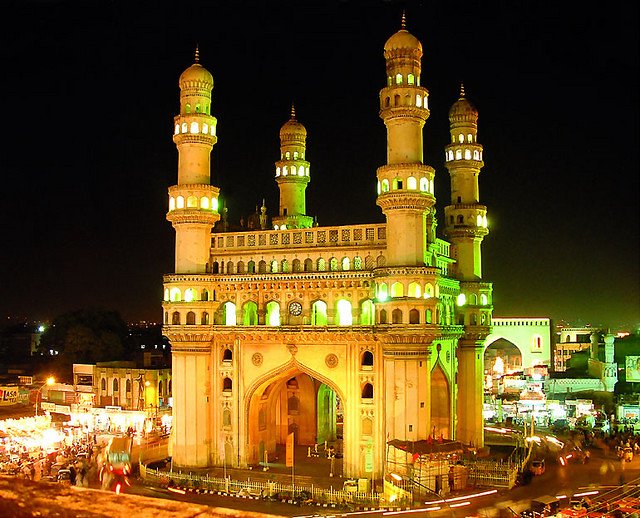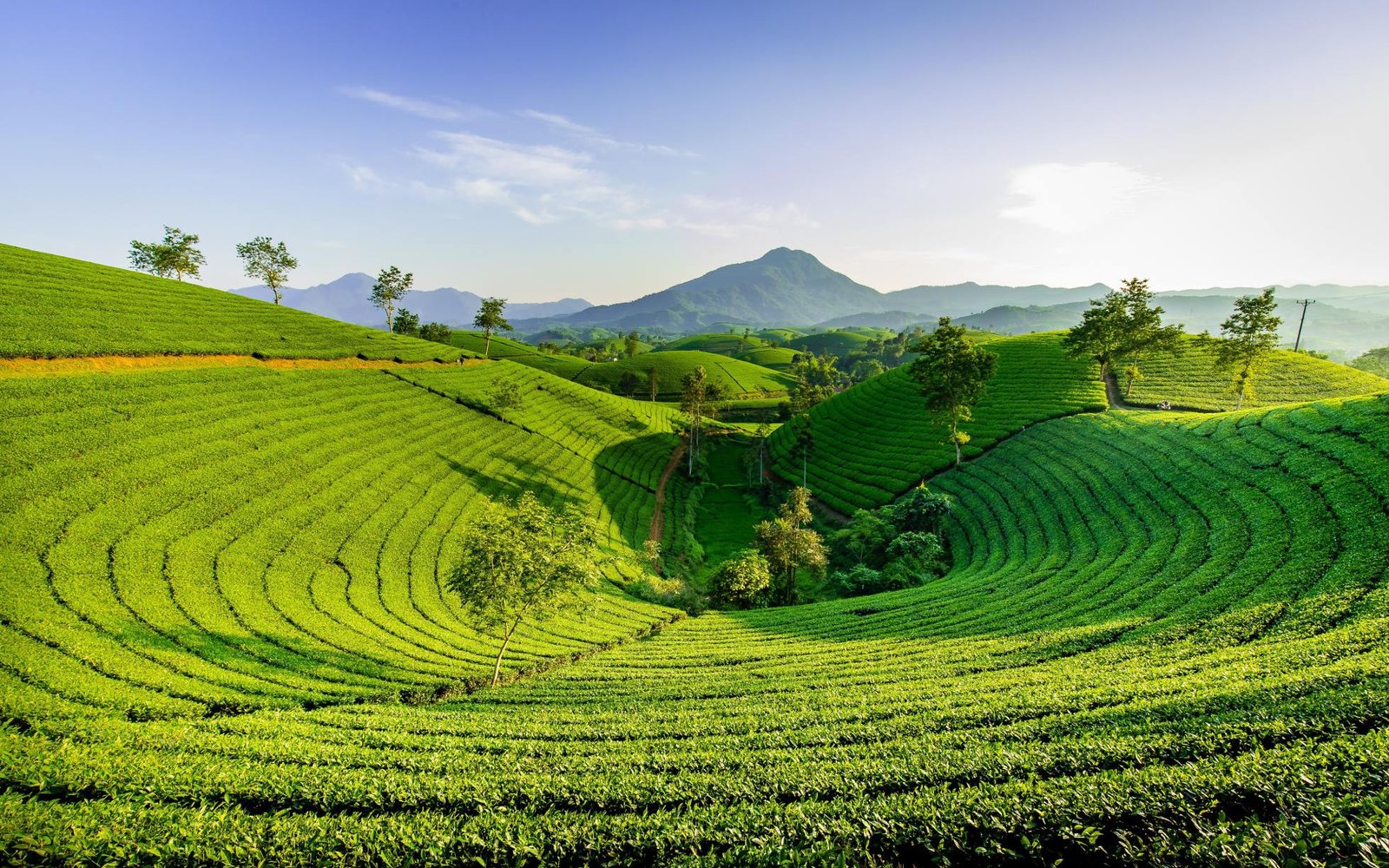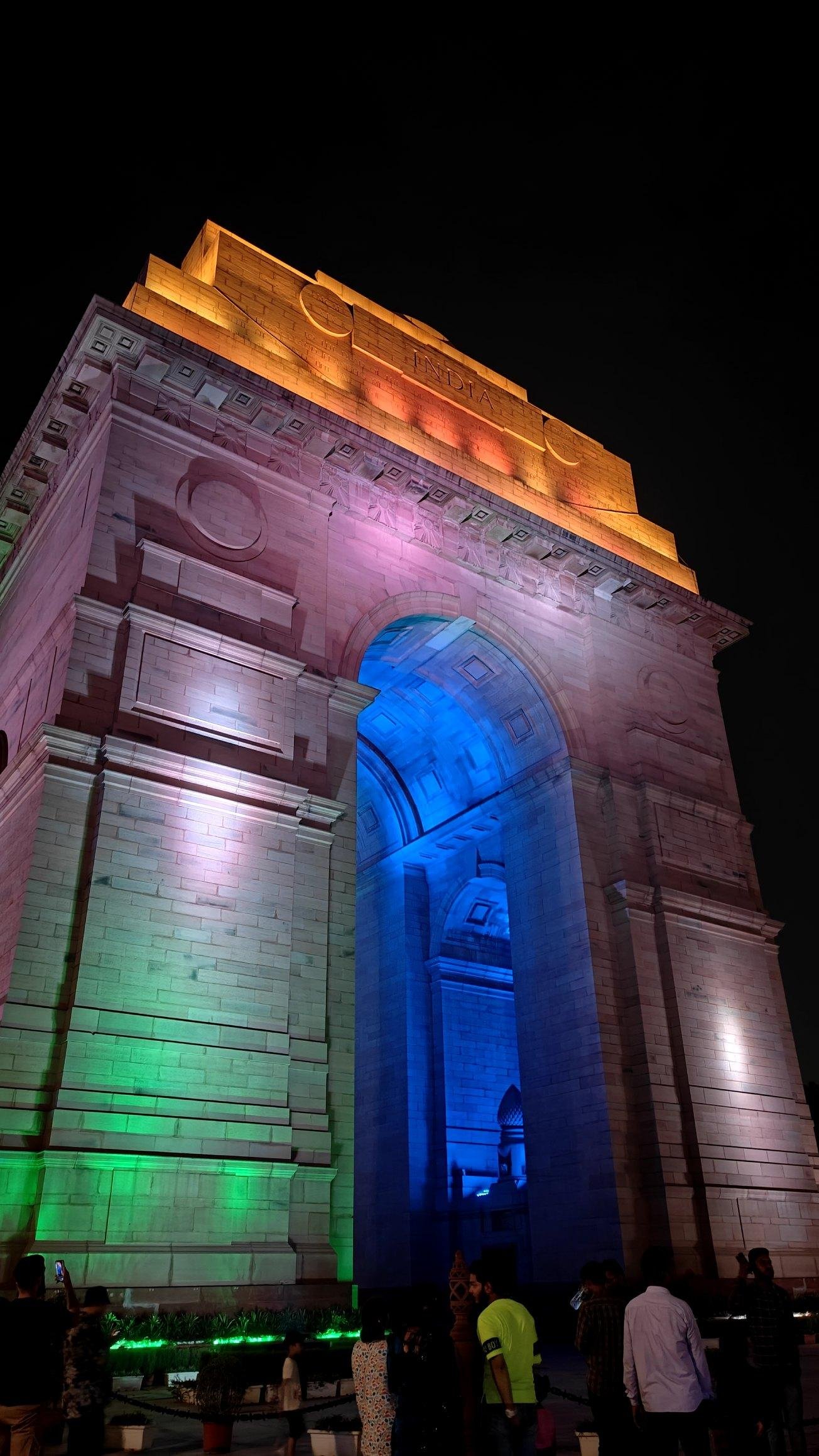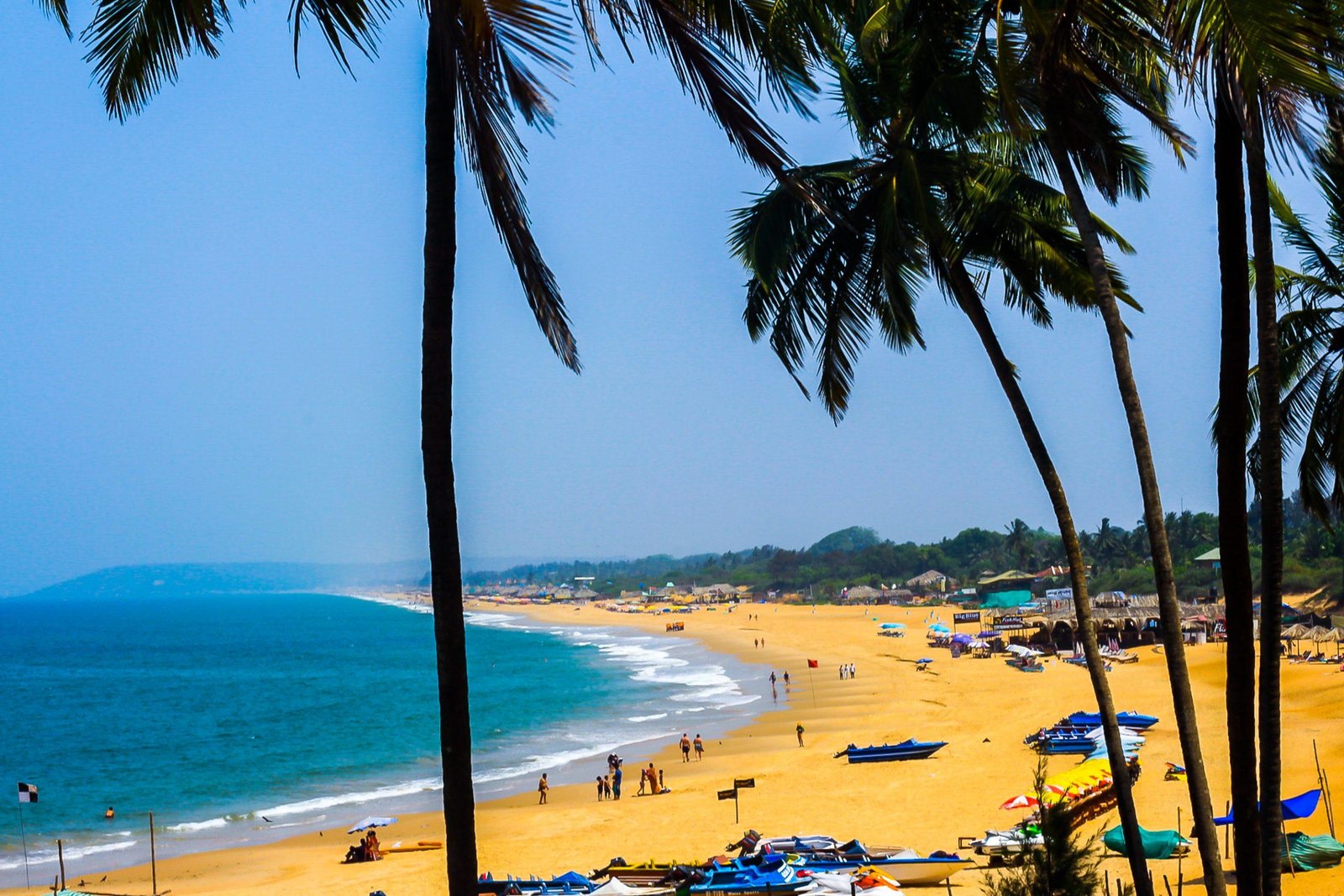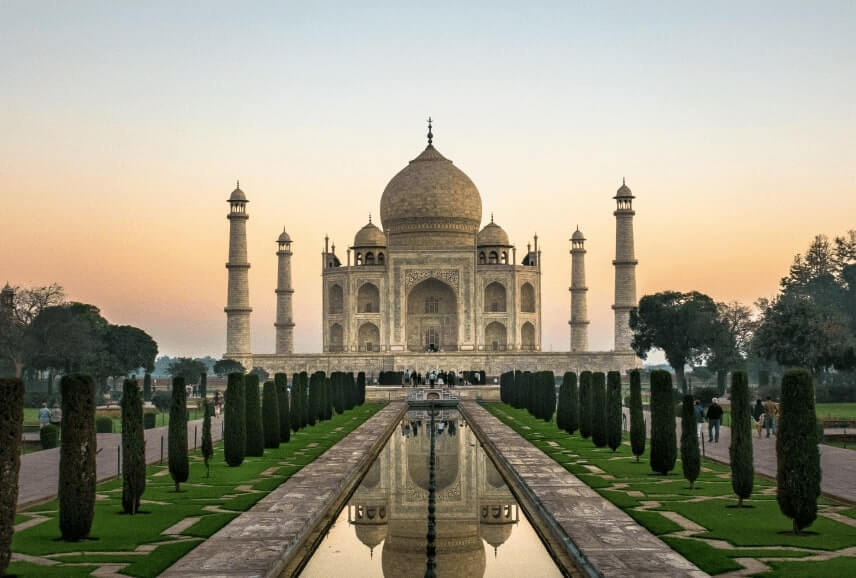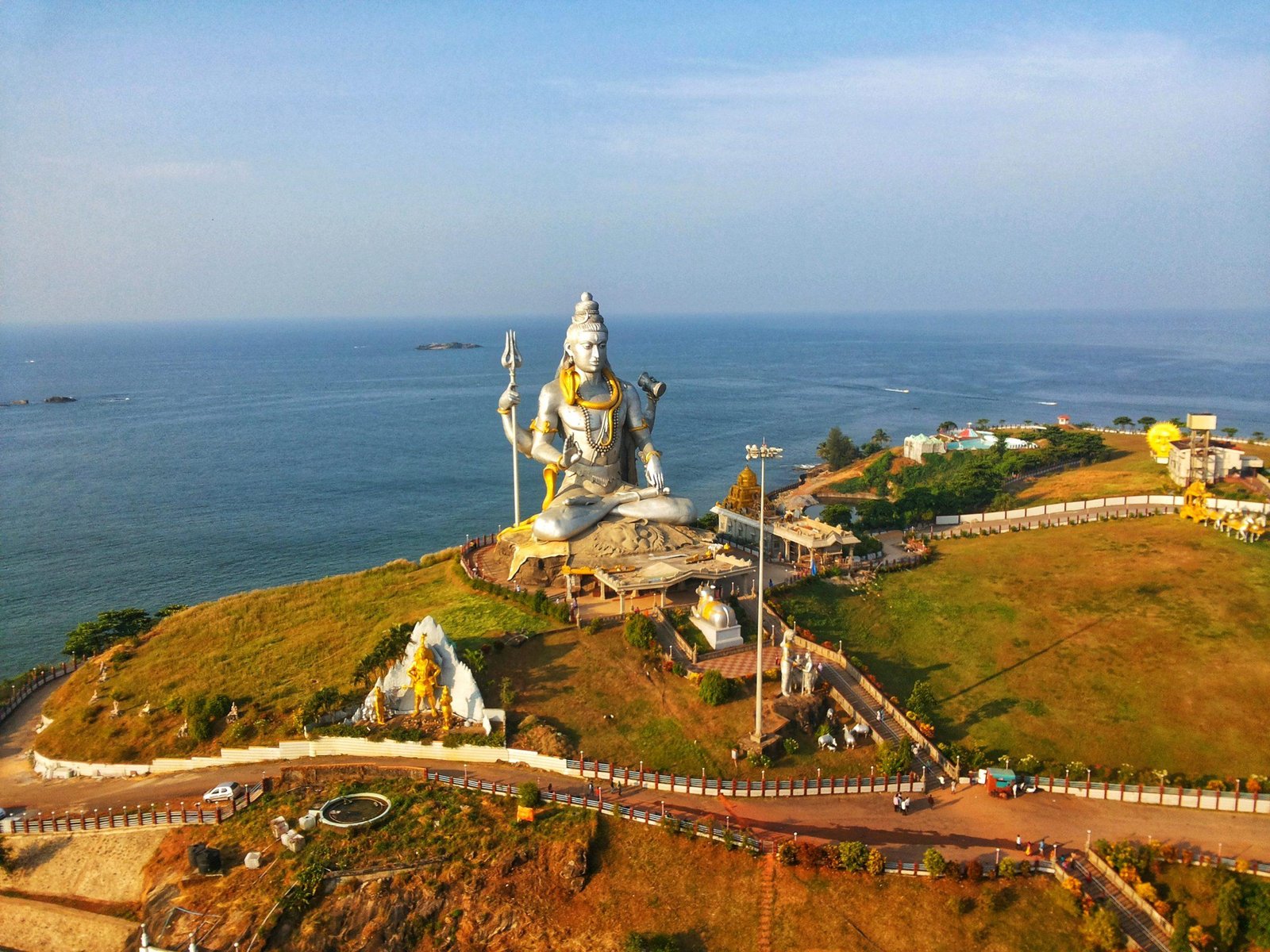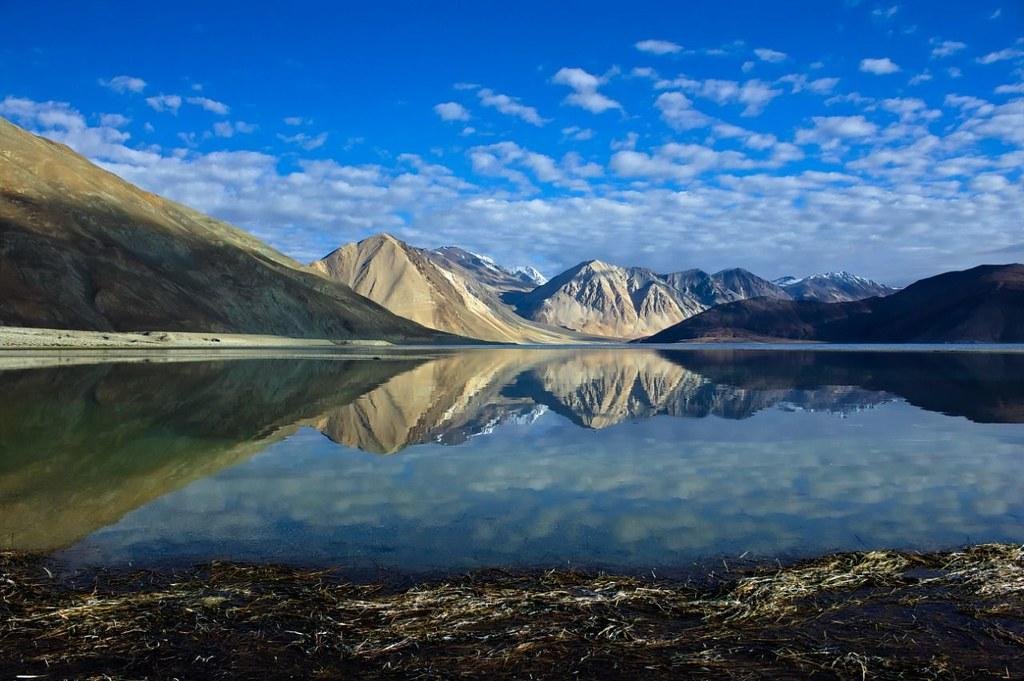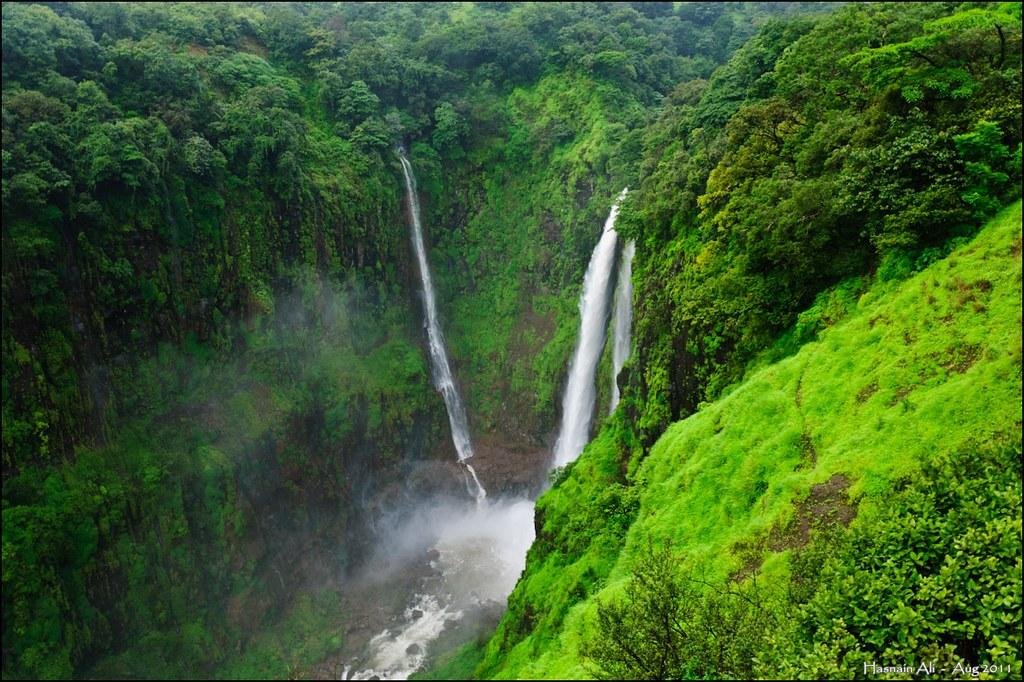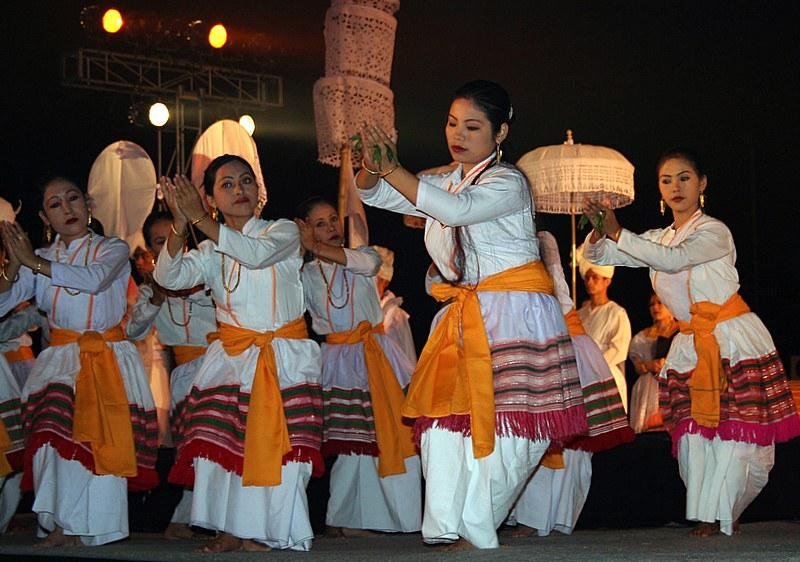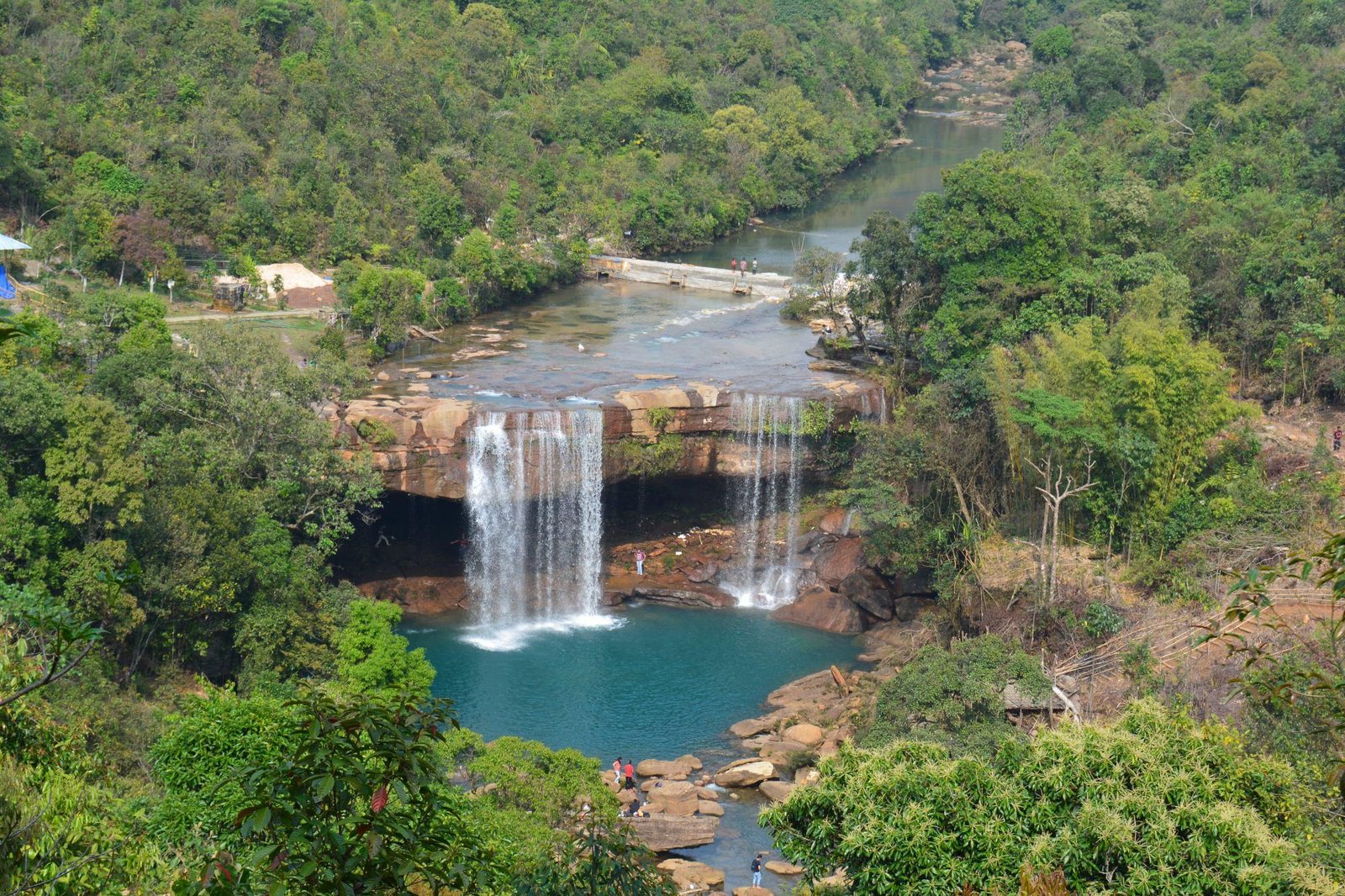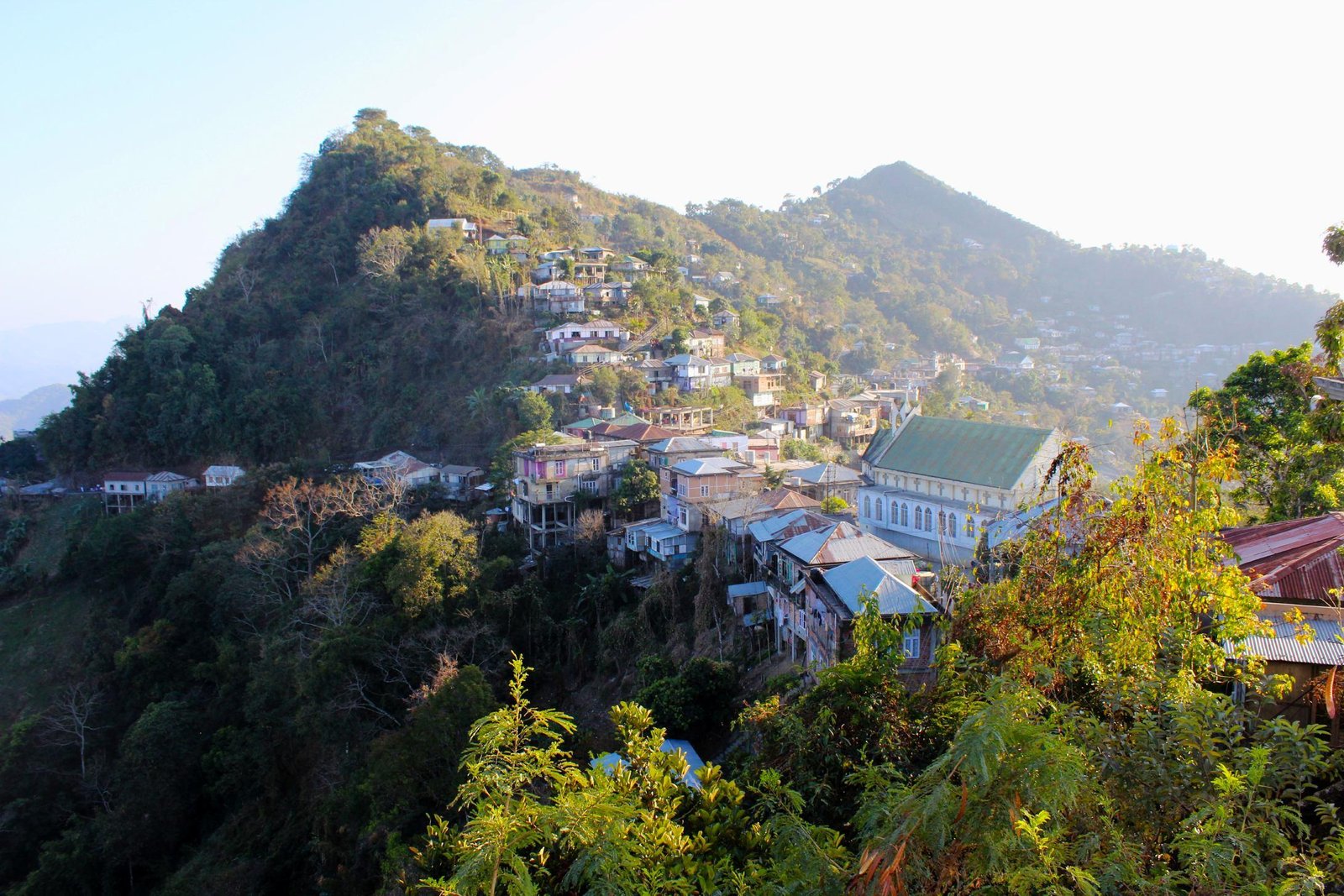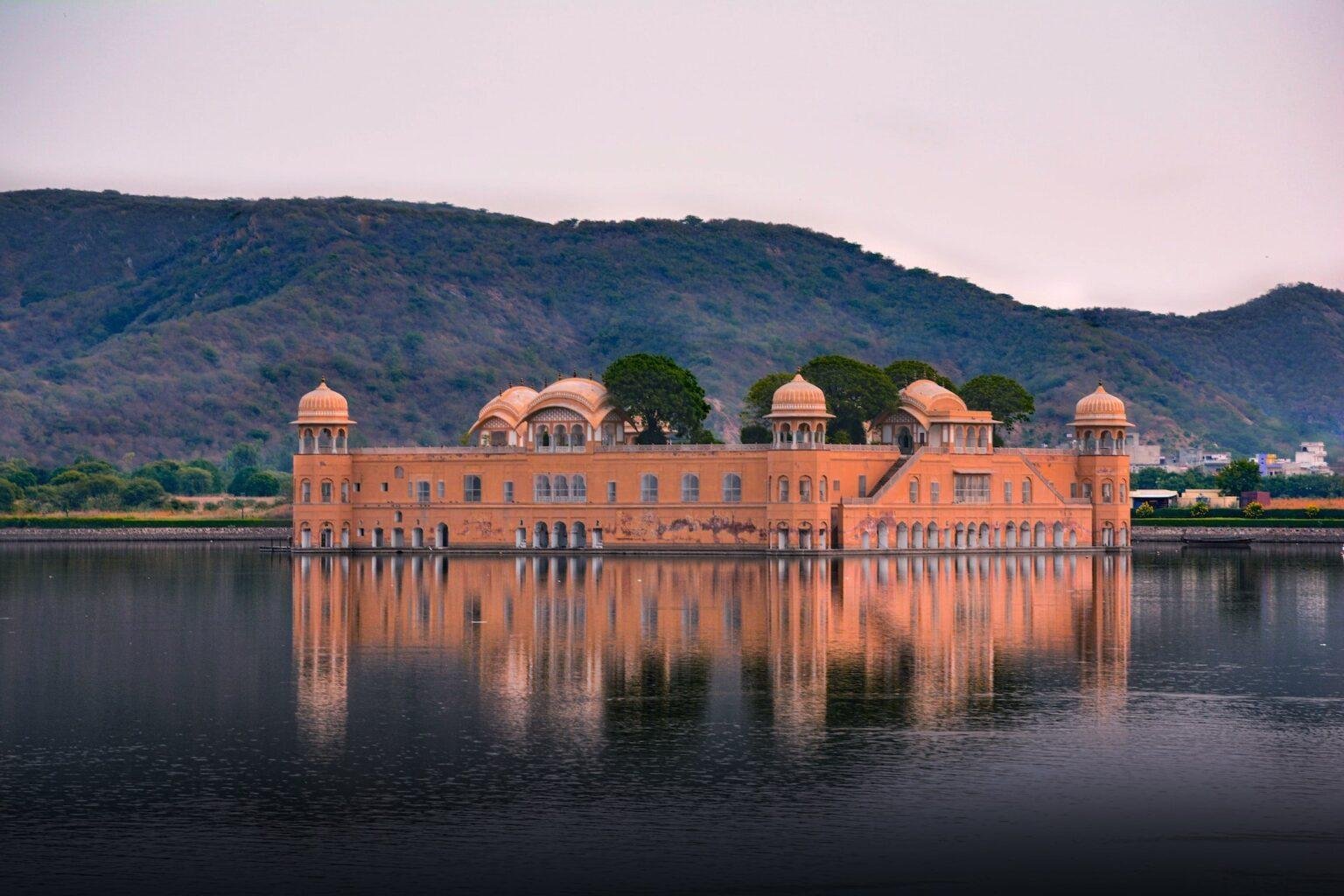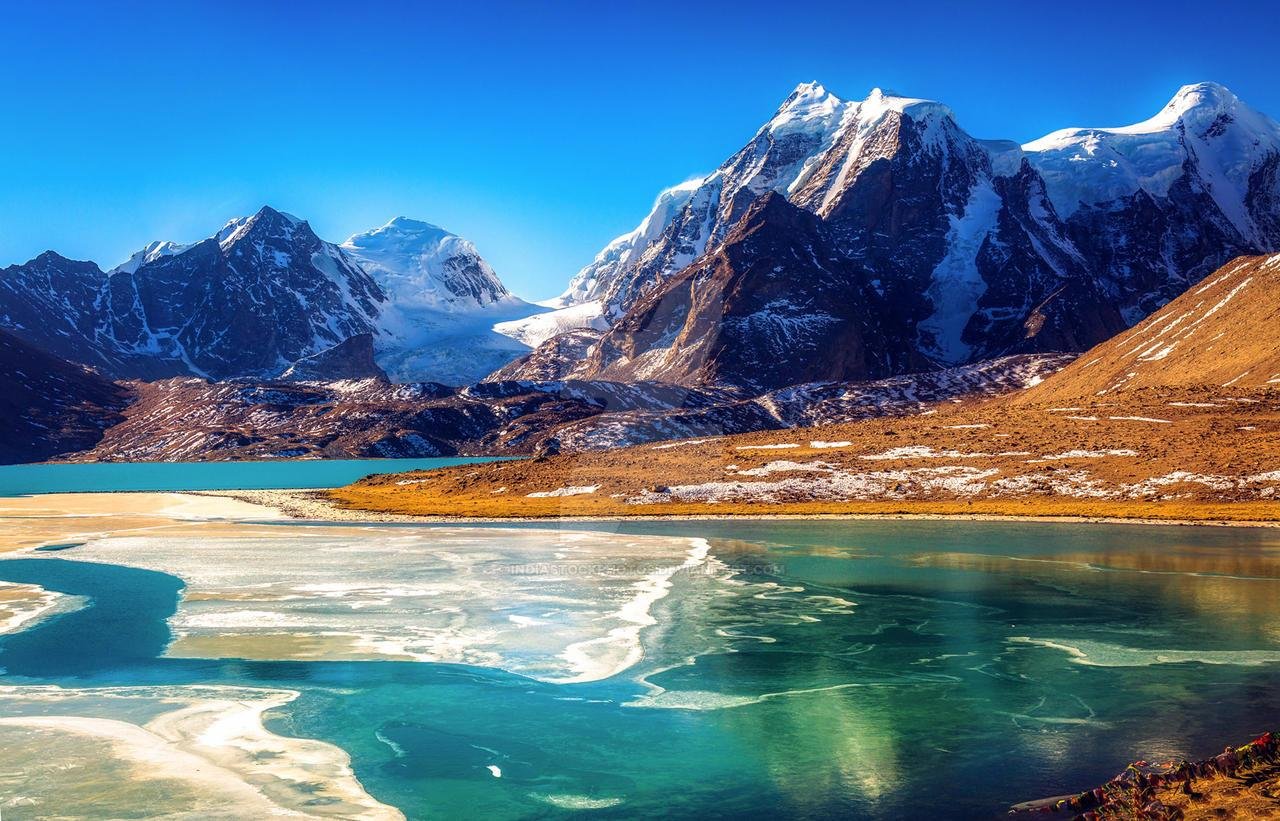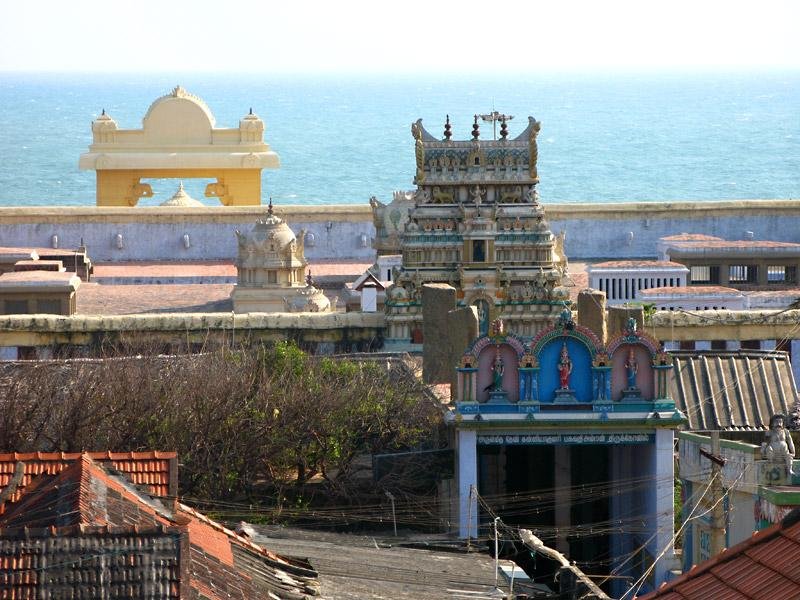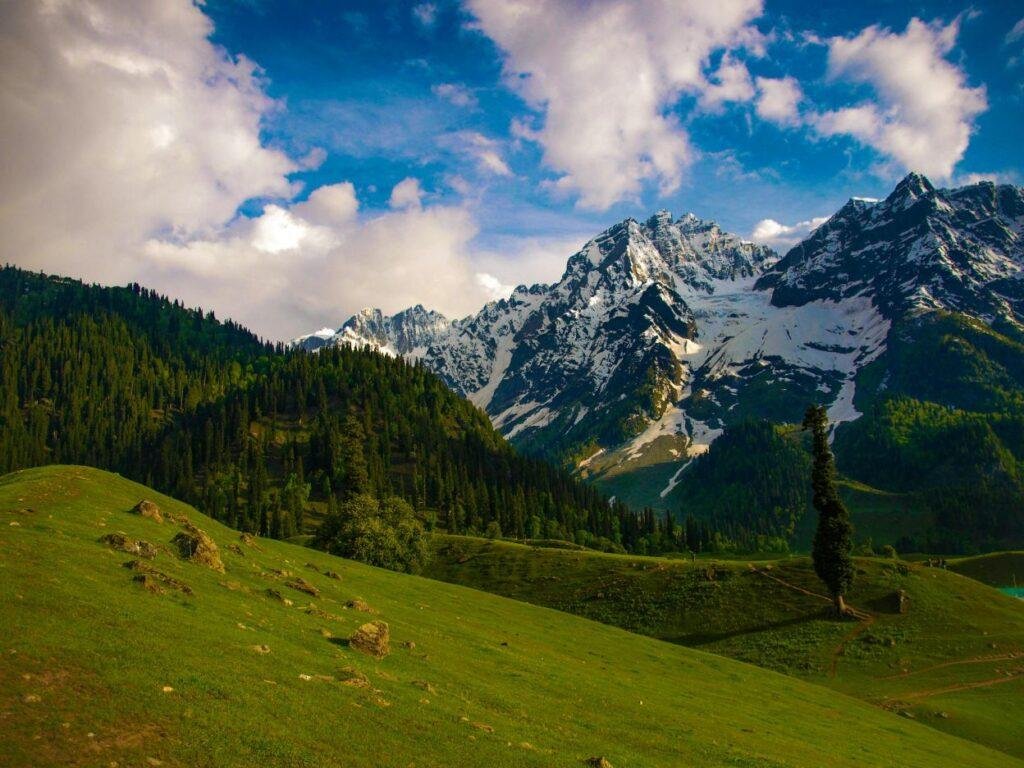The climate of Jammu and Kashmir varies significantly due to its diverse geographical features, including plains, valleys, and high mountains. Here’s an overview of the climate in different regions of Jammu and Kashmir:
Jammu Region:
The climate of the Jammu region, which includes the city of Jammu, is subtropical and generally hot in summers and mild in winters. Here are the key features of the climate in Jammu:
- Summer (March to June): Summers in Jammu are hot and dry, with temperatures ranging from 25°C to 45°C (77°F to 113°F). The region experiences scorching heat during this time, especially in May and June.
- Monsoon (July to September): Jammu receives moderate to heavy rainfall during the monsoon season. The average rainfall ranges from 600 mm to 900 mm (23.6 inches to 35.4 inches), which helps in maintaining the region’s greenery.
- Autumn (October to November): Autumn in Jammu is pleasant, with temperatures ranging from 20°C to 35°C (68°F to 95°F). The weather becomes milder, and the region experiences clear skies and cool evenings.
- Winter (December to February): Winters in Jammu are relatively mild compared to other parts of Jammu and Kashmir. The temperatures range from 5°C to 20°C (41°F to 68°F). While it can get chilly, snowfall is rare in the plains of Jammu.
Kashmir Valley:
The Kashmir Valley, including Srinagar and surrounding areas, has a temperate climate with distinct seasons. Here’s an overview of the climate in the Kashmir Valley:
- Summer (March to June): Summers in the Kashmir Valley are pleasant, with temperatures ranging from 15°C to 30°C (59°F to 86°F). The weather is relatively mild, and the region experiences occasional rainfall during this period.
- Monsoon (July to September): The Kashmir Valley receives moderate rainfall during the monsoon season. The average rainfall ranges from 500 mm to 800 mm (19.7 inches to 31.5 inches). The valleys and mountains become lush green during this time.
- Autumn (October to November): Autumn in the Kashmir Valley is famous for its scenic beauty as the leaves change color, creating a vibrant landscape. The weather remains mild, with temperatures ranging from 10°C to 25°C (50°F to 77°F).
- Winter (December to February): Winters in the Kashmir Valley are cold, with temperatures dropping below freezing point. The average temperatures range from -2°C to 10°C (28°F to 50°F). The region experiences snowfall, especially in the higher-altitude areas.
The climate in the higher-altitude areas of Jammu and Kashmir, such as Gulmarg and Sonamarg, is colder compared to the plains and valleys. These areas receive heavy snowfall during winters, making them popular destinations for winter sports.
It’s important to note that weather patterns can vary from year to year, and it’s advisable to check the weather forecast and pack appropriate clothing when planning a visit to Jammu and Kashmir.
